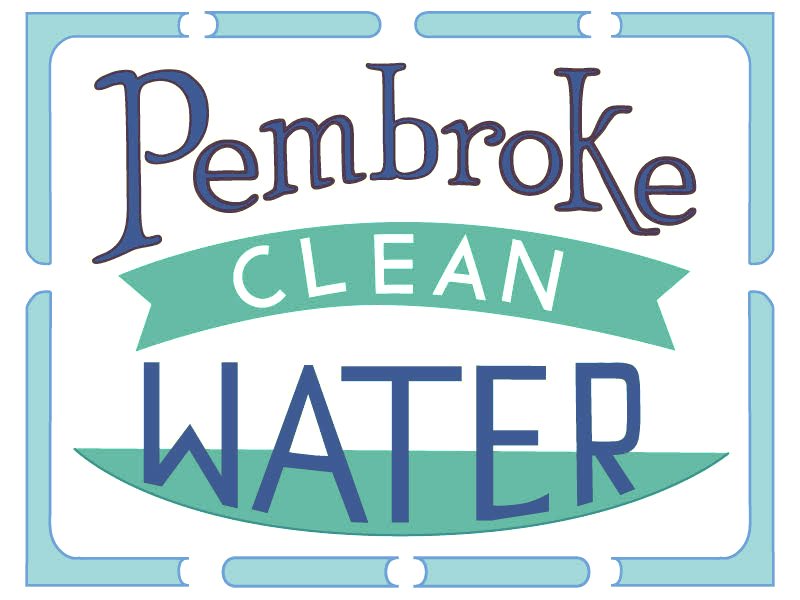Crusher. (Reference image by Anna 2016, Wikimedia )
Effects of Metallic Mining
All metallic mining is toxic, but particularly so when the ores are high in sulfur, as the resultant runoff becomes sulfuric acid. This etches into the rock loosening and dissolving heavy metals such as lead, cadmium, nickel etc.
Read the EPA’s Mining Handbook
Particularly Chapter 10: Cleanup. Full text here.
The Callahan Copper Mine SUPERFUND SITE
The Callahan mine in Brooksville has a $500,000-a-year price tag for Mainers and estimates of its remediation cost have ballooned to $45 million.
The Callahan mine in Brooksville, Maine, has a $500,000-a-year price tag for Mainers, and estimates of its remediation cost have ballooned from $23 million to $45 million. Maine lawmakers are pointing to the mine to justify a new bill that supporters say would ensure mining companies never again fold up and leave taxpayers on the hook.
There’s a bit of buyer’s remorse involved. Republican Sen. Tom Saviello noted that Maine officials were “active participants” in the mine.
In the 1960s, the Callahan Mining Corp., of New York City, drained Goose Pond in Brooksville for an open-pit copper, zinc and lead mine. It made the company about $1 million, was closed after five years and then was flooded by the opening of a dam.
“It’s a crazy place to have a mine,” said Democratic Rep. Ralph Chapman. It’s the nation’s only open pit mine in a coastal estuary system, he said.
Spent shotgun shells and broken appliances lay scattered about a massive pile of waste rock known as Callahan Mountain. Rainwater and snowmelt have long leached metals from a nearby artificial pond made up of the slimy waste produced when separating minerals from rocks.
A 2013 study in the Archives of Environmental Contamination and Toxicology suggests toxic metals still pose a danger to marine and coastal animals and those who eat them.
Maine’s new bill would require any company seeking a mining permit to set aside funds for the costs of a “worst-case catastrophic mining event or failure.” It would also require a third-party review of the cleanup and restoration estimate.
The bill would affect only future licenses. Callahan Mining was acquired in 1991 by Coeur Mining, which does not believe it’s liable for cleanup costs.
Some of the findings from Callahan:
• Surface water contains copper and zinc above levels that could adversely impact aquatic organisms;
• Lead, cadmium, copper, and zinc are accumulating in biota at the Site, including fish, crabs, clams, and salt grass;
• Salt grass contained up to 79 times more copper, 14 times more lead, and 54 times more zinc than the reference “clean” locations;
• Crabs contained up to twice the copper and zinc and 10 times the lead as reference locations;
• Fish tissue contained up to 10 times the copper, 62 times the lead, and 4 times the zinc as reference locations;
• Clam tissue contained up to 57 times more lead than reference locations.

For an overview of the effects on mining in the United States, we recommend “Richest Hill” a podcast by Montana Public Radio
Impacts to wildlife, humans
and native communities
Passamaquoddy reservation at Pleasant Point
Follow the story here
All Over the World
Mining for metals, such as gold, have already impacted landscapes all over the world.
A Toxic Legacy: Gold Mining in Peru



